-
Posts
339 -
Joined
-
Last visited
Content Type
Forums
Detector Prospector Home
Detector Database
Downloads
Posts posted by Geologyhound
-
-
That is a great start to the year in my book!
-
🎉 Hooray!! Fantastic way of breaking in your new coil! I hope your wife got a good night out. 😄
-
Just as an update, I showed the pictures to the local historian at the site, and he thought the valve might actually be a gas lamp valve.
-
A belated Christmas present, but one you are glad to accept! Now for the next one…. Has you hooked doesn’t it?😁
-
Glad you felt up to swinging the 13”! Out of curiosity, how do you prefer your equalizer settings? Good luck on your last last hunt of 2023 Sunday afternoon… 😄
-
6 hours ago, Valens Legacy said:
Nice work on the cleaning and wish I could do that.
You probably can. I certainly had never done it until now. This was my first night.
-
12 hours ago, Redneck said:
Awesome job! Would love to hear a brief summary how you did it! TIA
The set of crayons I used was about $25 online (but note I am not showing a vendor in the picture as I don’t want to run afoul of any advertising restrictions). Generally, I used the white fiberglass tip in small circles in an area that appeared to be devoid of any pattern. I would keep checking with a different angle of light but keep “digging“ a “test pit” until I could just start to see darker lines through the tan dust. Then I would switch to the harder, than the softer black tip until I could clean up the actual surface. I figure the white is probably “coarse“, the harder black is probably “medium” and the softer black is “fine“.
After that, I would dust it off with the steel wool tool. At that point in time I knew how deep the surface of the coin was. I then started to work out from there and encompass areas which might have details. Once I had each area surrounded, I would start to work my way in by very gently rubbing across the top (first with the white tip then later with one of the two black tips) to remove a layer of cemented dirt, dust it off with the steel wool tool, then check it for any possible pattern showing through. As text would start to emerge, I would tighten up the perimeter to define the top and bottom of the letters/pattern and then work my way down until I could start making out individual letters (even if I couldn’t make out what the letters were). After successive rounds of this, letters would start to become more evident. I could then clean up around each letter with the soft black tip and dust it off with the steel wool tool.
I used the soft black tip to clean up the details on the head. Basically, it appears to be harder than the dirt but softer than the surface of the coin as long as you don’t push too hard on a fragile patina. So when the head was exposed, I just scribbled in small circles across the whole head, and concentrated in areas where a bunch of tan dust would start to accumulate. Areas between the writing and the rim were too narrow for circles so I just went back-and-forth in a trench until I could just start to see the surface of the coin and then proceeded as above.
I imagine soil conditions and hardness of cementation vary by location. So results may vary. I strongly suspect the coins need to be dry (and the patina hardened up) for a couple days before working on it. These had dried for a couple days. As I mentioned in the original post, when I scrubbed the coins with a soft bristle toothbrush and water right after getting them home trying to find a date, part of the rim flaked off. I have to wonder if it would’ve sloughed off anyway. But I don’t know at this point.My practice pennies did show if you take off the patina and expose the pitted metal surface you have gone too far. That seems to be softer, and details can vanish if you are not careful. This was another reason for my “test pits“ in areas without details. This would give me a feel for how much pressure the surface could take.
As with any tedious activity, it requires a certain amount of patience and restraint. Don’t go too fast. You have to be willing to put it down and come back to it. Work in a location with good lights, a magnifying glass may help, and you’ll probably get a kink in your neck... But seeing the difference in these made it all worthwhile to me. At least these are my observations based on one night’s work. As such, I would not classify myself as an expert in the matter… -
On 12/28/2023 at 2:50 PM, SoonRetired said:
My business could benefit from one as well
I have used one in business as well. However I am sure your desired use could vary drastically based on your business. Could you elaborate a little on how you plan to use it for your business?
-
I will frequently use such a sweeping technique when scouting. My specific intent here is to find old buildings or potential hotspots without spending a ton of time. If I find something good, then I will slow down and grid that area. Sometimes I may continue scouting if I know I can come back this location later.
-
I know cleaning/not cleaning and method of cleaning may be controversial. I do not post this with the intention of discussing whether or not to clean, nor the merits of any particular method. I simply wish to show some results.
I recently found some old coins and a token. The Indian head penny was so badly crusted that some faint relief was visible where the date should be. The head was barely visible. The token had the number five visible on one side and nothing was legible on the other side. As such, I considered them essentially worthless unless more details could be seen.
For this reason, I obtained a set of the Andre’s cleaning crayons from an Internet vendor. I got the set with five tools – one white fiberglass, two black (hard and soft), one scraper, one steel wool. My basic take on this set is the white is coarse, the blacks are medium and fine, and the steel wool is clean up. I did not use the scraper. I probably spent at least two hours on the three items I cleaned.
Before and after pictures are attached. The mercury dime was not cleaned at all, I just don’t have any other before pictures. I didn’t really do much with the V nickel other than clean up around the stars. However, I think the difference on the Indian head penny and the token is night and day. Not only is the date clearly visible on the penny, but so is liberty on the headband. The token is now clearly identifiable. My previous oldest coin was 1882. So, I am especially pleased that this “new“ penny is now my oldest coin!
In hindsight, I think my biggest mistake was trying to clean them up too much right after I got home. Even with a soft bristle toothbrush, I lost part of the rim by scrubbing too hard. In the future, I think I may gently remove what dirt is loose and let the rest dry and harden before attempting to clean.
I can post more about how I proceeded if anyone is interested.
-
Given the large variety of tokens historically minted, identifying an old token can sometimes be a nearly impossible task. As such, I thought I would start a thread where people can post information on various regional, local, or state references for token identification. I will start off with one for Ohio - Ohio Merchant Tokens by Gaylor Lipscomb, copyright 1986. A newer version is available. A couple libraries in the state have one available for library loan, so you can check it out at your local library. This book focuses on tokens from the 1870s until the print date, but mostly 1890-1940. The introduction states certain tokens are not included in this book, including:
1. transportation tokens cataloged by Coffee – published by the AVA
2. parking tokens - Feisel
3. Civil War tokens - Fuld, Published by the Civil War token society
4. modern food stamp tokens
-
2 hours ago, HardPack said:
Unfortunately, at the moment of discovery I was busy down the block converting another old adult entertainment establishment into modern office space. Delayed by just minutes, after rummaging through a hidden upstairs recess, I arrived too late to stake a valid share of the original Italian bar claim.
Great finds, Keep digging!
Ouch! I hope they took a metal detector over the dirt after picking up all the coins. Who knows what might’ve been buried under the dust…
-
7 hours ago, F350Platinum said:
Awesome! love those "find a minute" kind of hunts, but I see where you would shift gears and "go for the old" (to "coin" a phrase 😀) Congrats on the old ones, and you got a silver coin too!
Sometimes I'll clean up those old tokens if they have high relief. Probably shouldn't mention how 😏Take a picture of the result and it may pop up on Numista if you use Google Lens.
Nice early Matchbox too. Did you use the 13" ?
Yes, this was all with the 11 x 13. I just received a set of the cleaning “crayons”, and experimented with a couple of wheat pennies before tackling these. I think I’ll have to make a separate thread for cleaning, but I wanted to post the results here so you can see the before and after. These are the same coins/token which I originally posted. Now that I can see the date, the 1880 Indianhead penny is my oldest coin ever! The token unfortunately does not show up in the Ohio Merchant Tokens book by Gaylor Lipscomb.
-
4 hours ago, rvpopeye said:
A good day's showing right there ! Great spot to detect ,,,🤩
To quote the terminator, “I’ll be back”. 😆
-
11 hours ago, Valens Legacy said:
Very nice hunt with some interesting finds. Great job on the saves and good luck on your next hunt.
Thanks, that was one of my best hunts in a long time!
-
Thanks, I like setting personal records! 😁
-
Went out for an afternoon hunt, and dug what I thought was a quarter as light was fading. When I started washing my finds, one “quarter“ was not like the others. It was a little larger and had a large number five on one side. There is writing on the other side but I can’t make out what. It looks like an old token. I have a set of the Andre’s pencils due to arrive later this week. I plan to practice on a couple wheat pennies before moving on to this.
So, when I had another afternoon available, I headed back to the same site. I got sidetracked digging quarters (and a Sacajawea dollar – my first) at another portion of the site. For some reason, quarters seem to be the highest proportion of coins out here. I broke loose from the quarter area and headed back to where I found the token - again as light was starting to go. Right away, I hit a nickel signal. This was only an inch or two down. With the dirt, I thought I had another token, as it was obviously not a Jefferson or a buffalo. So I pocketed it and moved on. A few feet away I hit a low 80s signal with my D2, and about 8 inches down I found an Indian head penny. Again, I couldn’t see the date, so I pocketed it. Within about 10 feet I hit a nice high tone in the dime/copper penny range. I was very pleased to see a fairly clean 1923 mercury dime (about 7 inches down).
When I started washing the dirt off the “nickel sized token“ at home I was shocked when I saw 1906 appear, and realized I had a V nickel! That makes this my oldest nickel! I can make out 18 on the Indian head penny, with possibly a six following. If so, that would make this my oldest coin ever! My prior oldest coin was an 1882 Indianhead penny. The 1923 mercury is the cleanest one I have found for that year/mint. So, it will take a place in my metal detecting coin album. I don’t know that I have ever found three 100+ year old coins in one day, let alone three different denominations. Any guesses where I will go when I next have a free afternoon?
The matchbox car is number 31 - Lincoln Continental. I can’t make out a head stamp on the cartridge yet. The bar thing is melted on both ends, so I am guessing it is a type of bar solder. It is too heavy to be tin and does not weather like lead, so I’m wondering if it might be a silver solder, but it probably is a roofing solder. The brass latches and copper hinges came out of the same spot where I found two other identical brass latches in a prior trip. The small ball appears to be some sort of brass bead. The metal is a corroded Saint Francis of Assisi medallion. Based on the patina, I am thinking the brass knob is also well over 100 years old. It is 1 3/8 inches in diameter with a 7/8 inch diameter male threaded shank on the back.
Given the age of the surrounding coins, I am guessing the original “5” token must also be over 100 years old. If I can clean it up and identify it in the state token book, I will post more information back here.
Thanks for looking, and happy hunting!
-
Seateds of any sort are still on my bucket list. Nice find!
-
Do you know what minerals you found? Calcite? Adamite?
-
If you can flake off little flat sheets from the flat surfaced mineral, it is a mica group mineral - likely muscovite.
-
Nice finds! Apropos for your moniker… Was that the stock fast 40 in full tones or did you make any additional modifications?
-
That would have me stoked! Must be nice to roll out of bed in the morning and be in prime hunting territory!
-
3 hours ago, F350Platinum said:
Nice find Ghound! So how are you liking the 11x13"? Yeah it's a bit heavy and floppy, but I like it a lot more than the 11" which falses on iron more. Not so bad that you can't tell by turning but ellipticals seem to do better for me. 🤔
I have been using the 11x13 exclusively for the time being. With the exception of this one site, I’ve been using it only at sites which I have already hunted with the 9 inch and/or my old White’s Spectrum XLT. Coming from White’s, I don’t mind the coil mount. The Spectrum coils were mounted in the rear just like XP’s, so I am used to it. Even with the 11x13, it still feels lighter than my old Spectrum. But, I do feel it more than the 9 inch.
There have been a couple targets I am pretty sure I missed with the 9 inch, but by and large I seem to to have cleaned out most the decent targets with the 9 inch if I gridded it thoroughly. Now to be fair, a lot of the sites I hunted with the 9 inch are loaded with nails and/or the EMI will drive you nuts unless you drop the sensitivity. This is not exactly an ideal situation for a larger coil. On this subject, have you been at a site where the coil will act fine as long as you are sweeping, but as soon as you set down the coil to dig a target and the coil is no longer parallel to the ground, it starts sounding off like crazy? I figure that’s the EMI. At a couple of those sites, I have started leaving the coil in pinpoint mode when I set it down. That stops the constant beeping while I am trying to recover a target.As for iron falsing, I am still trying to figure out what different settings may say about iron saturated areas. I have been erring on the side of digging if I get better than 50% decent tones two ways on a target even if I lose the tone by rotating 45-90 degrees. Most of the time, after I recover enough nails or other iron bits out of the hole (generally around 6-9 inches), the iffy signal vanishes. I am open to advice here.
Given these iron-rich sites I have been doublechecking, I have been trying to pinpoint by tone and not pinpoint mode. I have found wheats with the 9 inch which were sitting on top of large iron targets - impossible to pinpoint with pinpoint mode.
Ultimately, I think my 9 inch is going to be very lonely. I know I have picked a couple more coins and brass items out of iron loaded sites and or EMI sites with the 11x13 which I hunted previously with the 9 inch. Even assuming I didn’t get the 9 inch over those targets previously, the 11x13 can find targets in those difficult sites. So it may become my default coil.
-


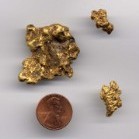
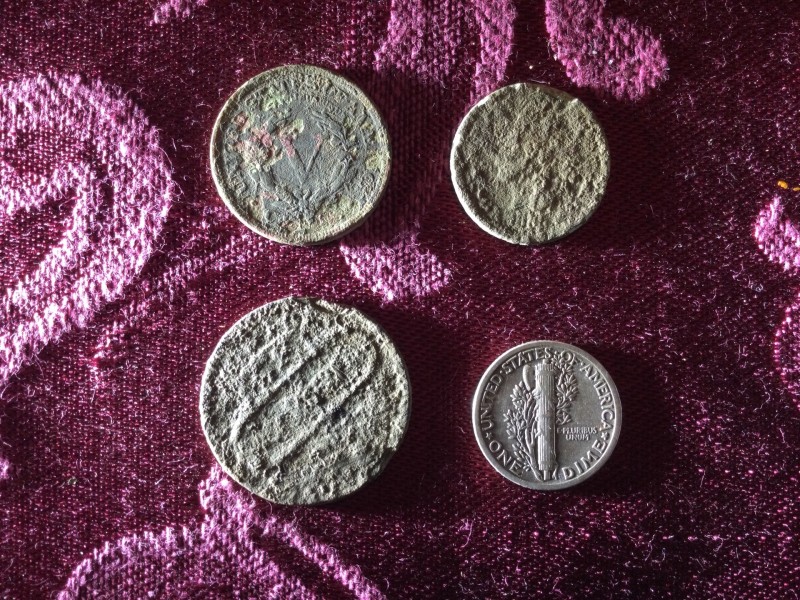
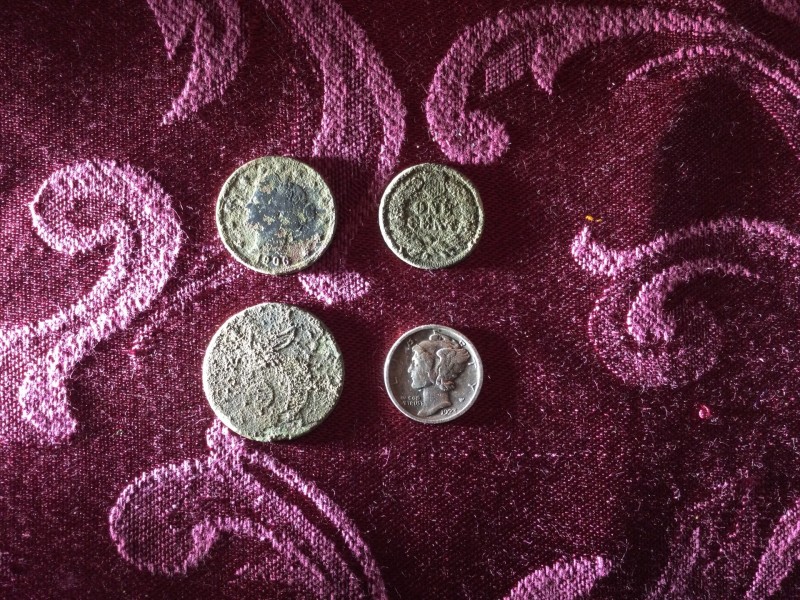
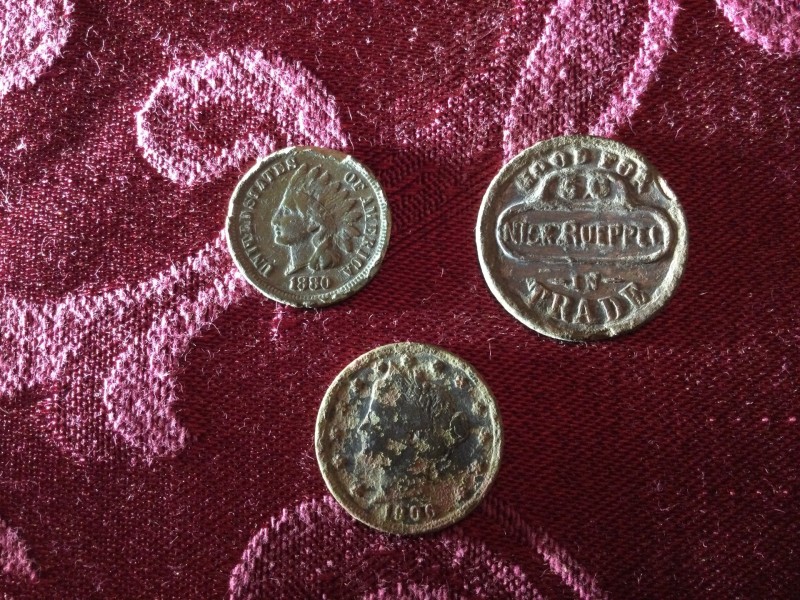
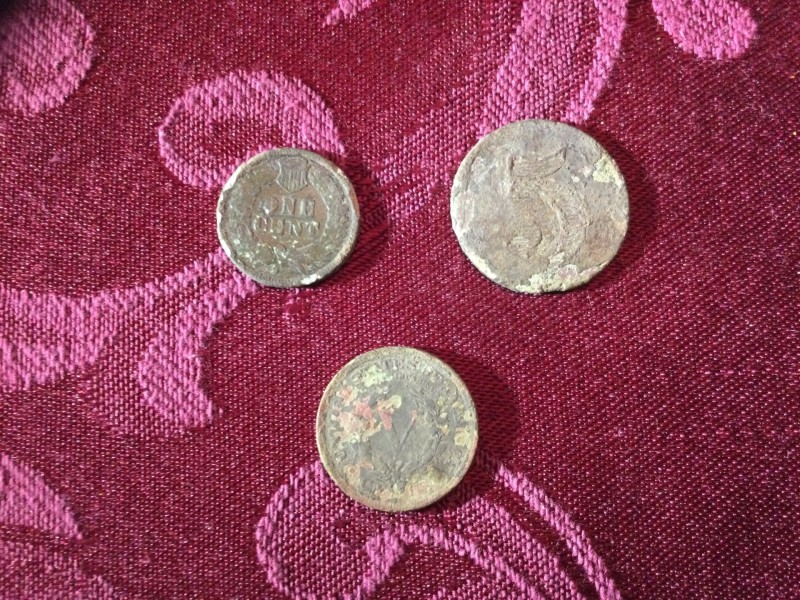
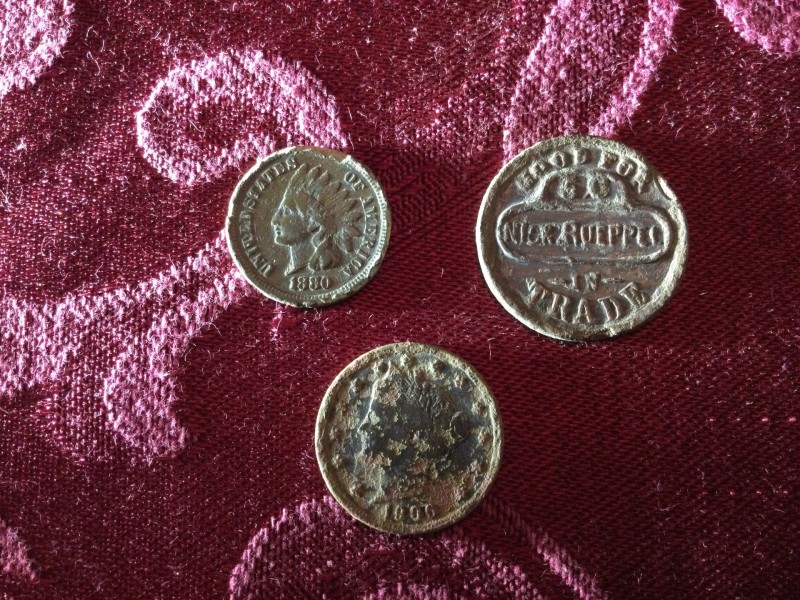
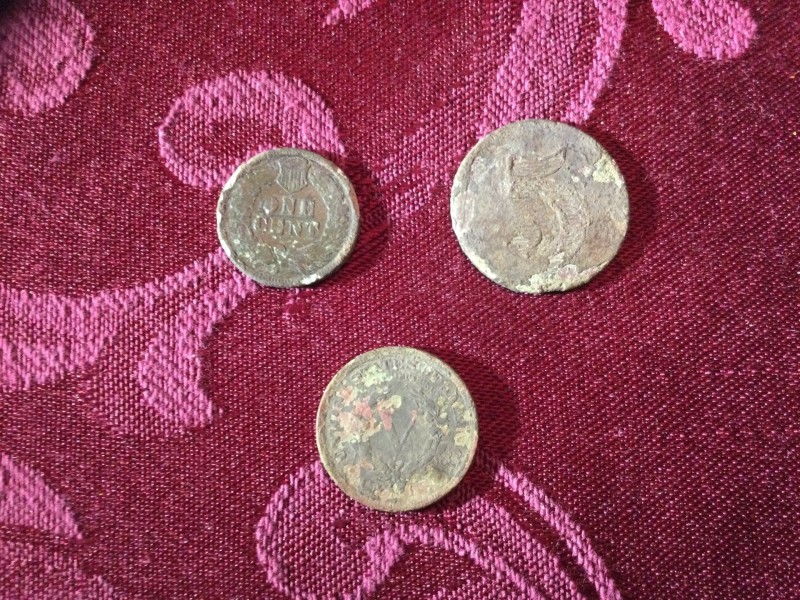
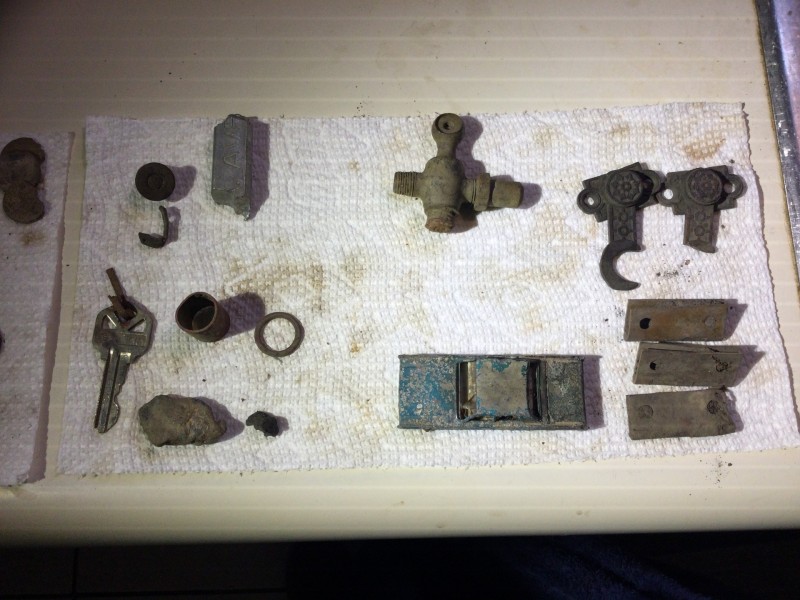
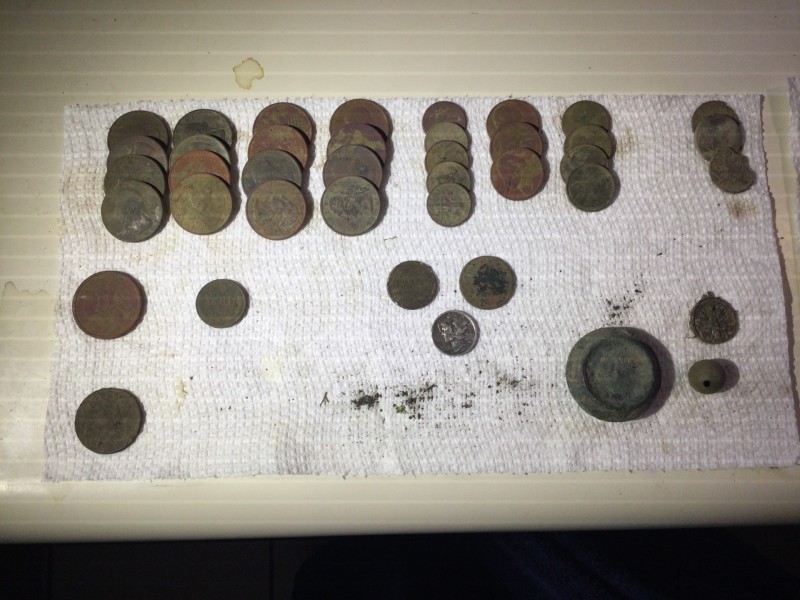
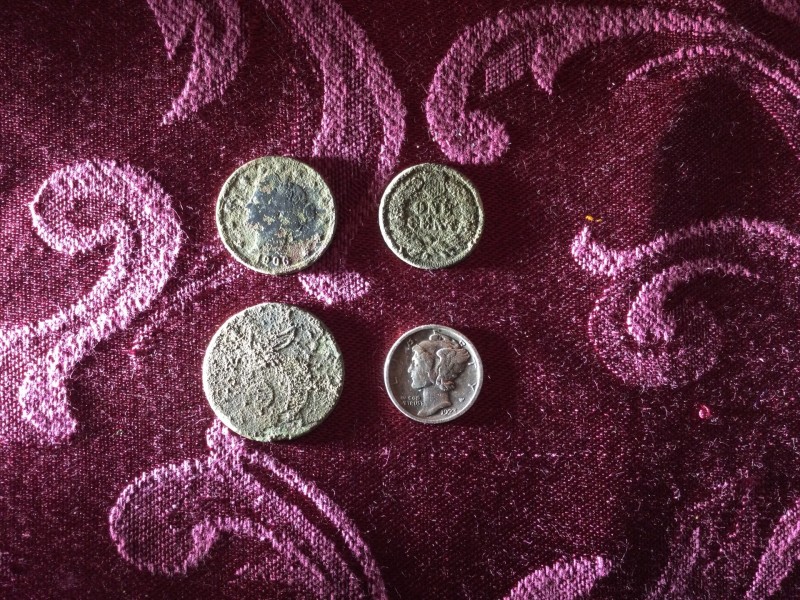
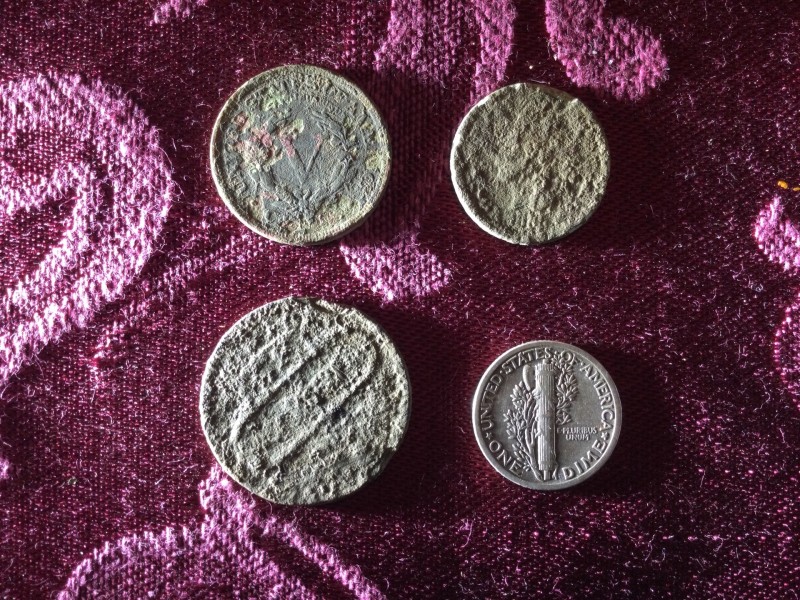
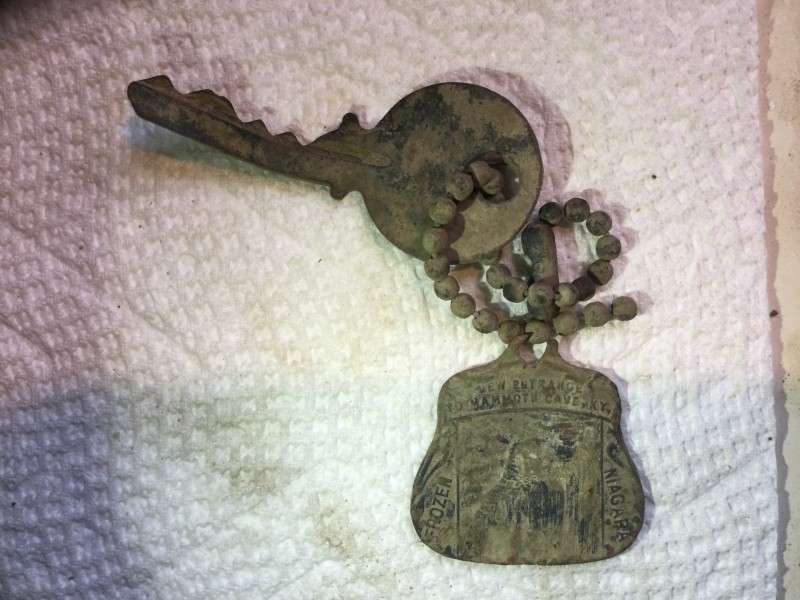
First Hunt Of 2024 - Tale Of (g)old
in Metal Detecting For Jewelry
Posted
Just the gold ring is a great find, but the inscription to go with it must have left you in shock! With a 300 year-old ring, there must be other stuff there older than zincolns…